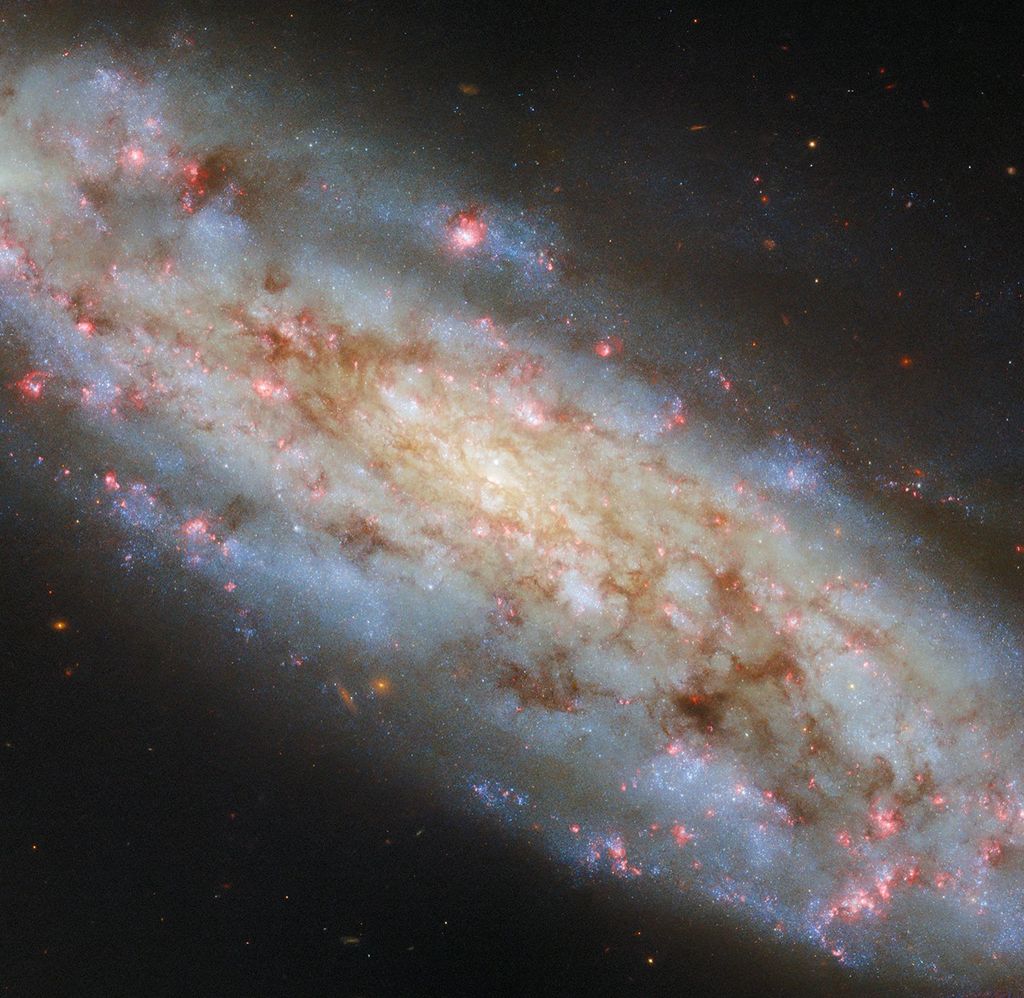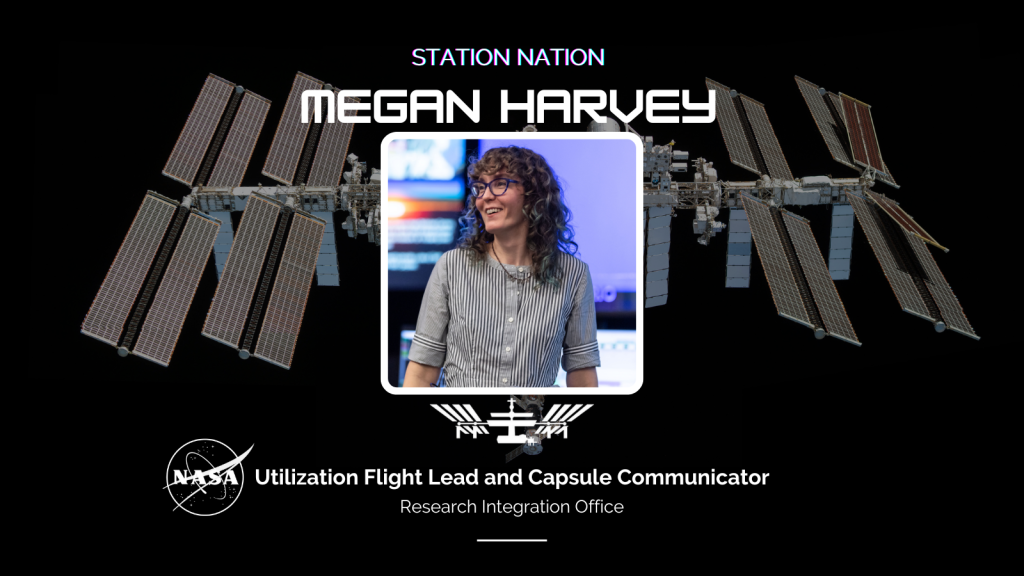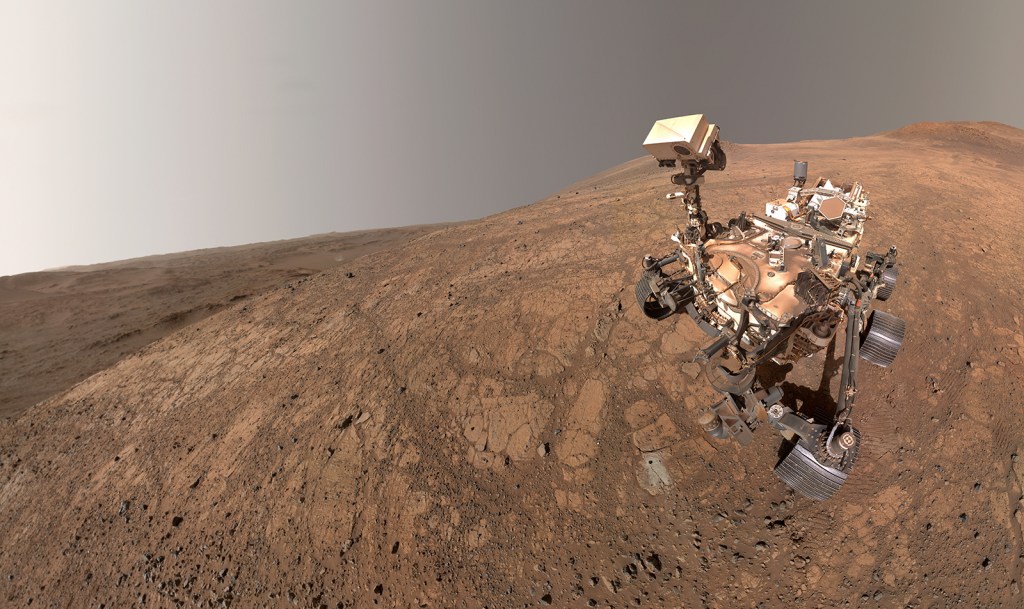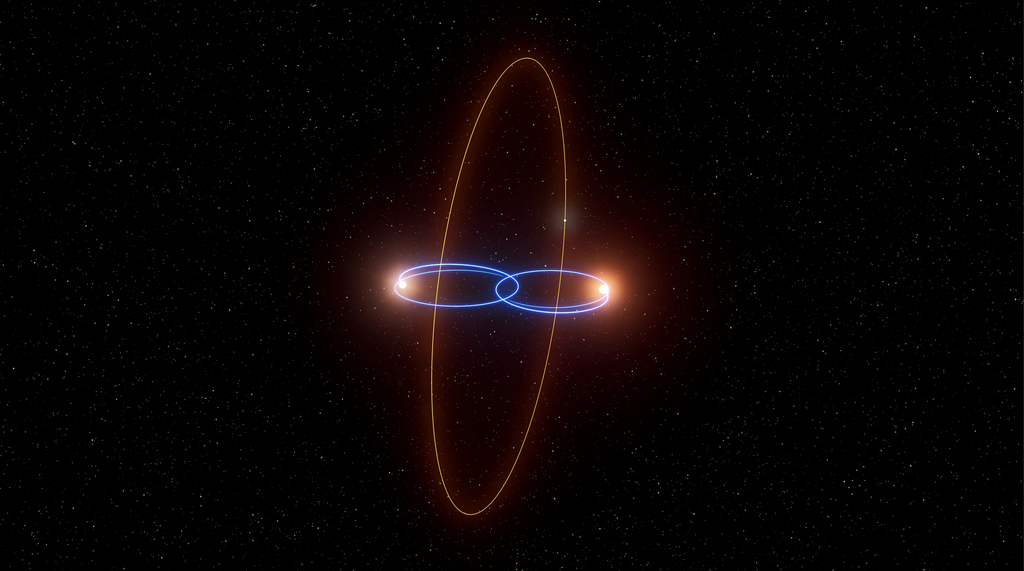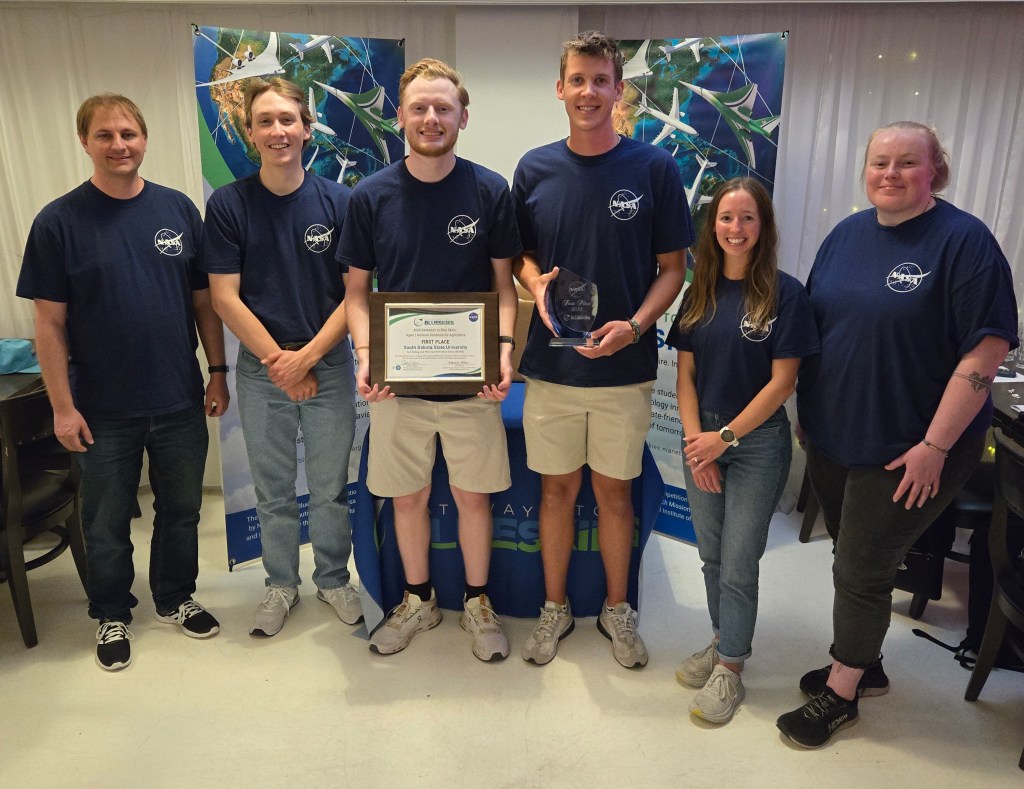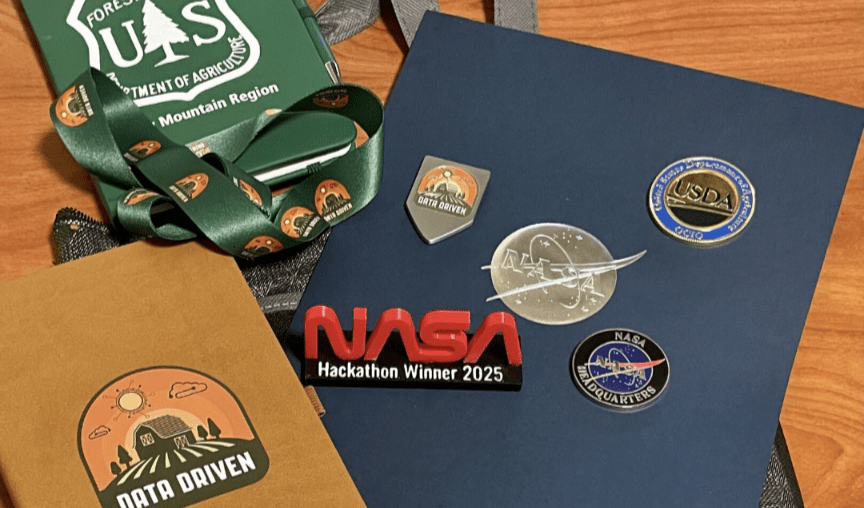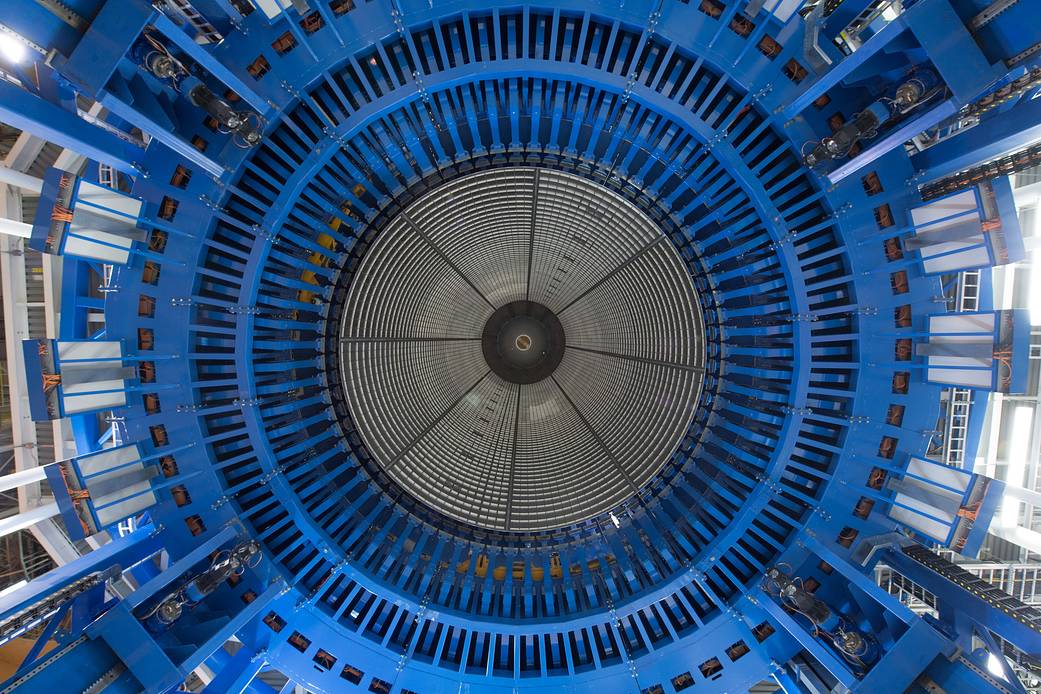While this may look like a futuristic tunnel to another world, it is really looking up inside a nearly complete fuel tank for NASA’s powerful, new rocket—the Space Launch System—that will take humans to destinations never explored by people before. At over 300-feet tall and 5.75 million pounds at liftoff, SLS needs plenty of fuel to leave Earth. Once a final dome is added to the liquid hydrogen rocket fuel tank, shown here, it will come in at 27.5-feet in diameter and over 130-feet long, making it the largest major part of the SLS core stage. The core stage forms the rocket’s backbone and has five major parts, all of which are being manufactured at NASA’s Michoud Assembly Facility in New Orleans. Core stage tanks carry all the cryogenic liquid hydrogen and liquid oxygen combusted in four RS-25 engines to produce two million pounds of thrust. The tank holds 537,000 gallons of chilled liquid hydrogen that is completely combusted in the engines in the short 8.5 minutes it takes to send the SLS and Orion crew vehicle into orbit. The blue section, shown here, is part of the world’s largest robotic weld tool in the Vehicle Assembly Center at Michoud. Inside the tool, five barrels and one dome were welded to make the tank, shown here in silver; engineers will cap it with one more dome to complete tank welding. While the tank is smooth on the outside, the inside appears to have ridges because the cylindrical barrels that form the tank are manufactured with square patterns created by stiffening ribs machined into them to make the walls light but uniformly strong in every direction. When it is finished, a barge will carry this tank to NASA’s Marshall Space Flight Center in Huntsville, Alabama. While this qualification tank won’t actually fly, it will be tested at Marshall in a stand that simulates launch and ascent forces. Traveling to deep space requires a large vehicle that can carry huge payloads, and SLS will have the power and payload capacity needed to carry crew and cargo needed for exploration missions to deep space, including Mars. For the first flight of the SLS rocket, the Block I configuration can lift 70-metric-tons (77 tons). The next planned upgrade of SLS, known as Block 1B, will use a more powerful exploration upper stage for more ambitious missions with a 105-metric-ton (115-ton) lift capacity. For both configurations, SLS will use the same core stage and four RS-25 engines. The Boeing Co., headquartered in Chicago, is the prime contractor for the SLS core stage, including avionics, and Aerojet Rocketdyne of Sacramento, California, is the prime contractor for the RS-25 engines.
Image Credit: NASA/Michoud/Steven Seipel


